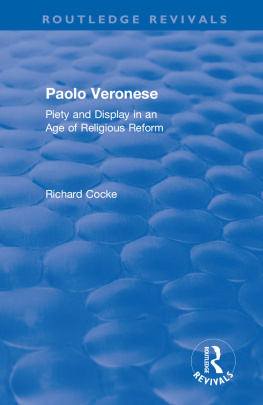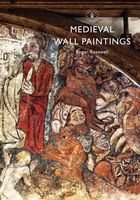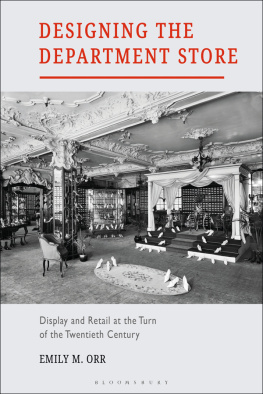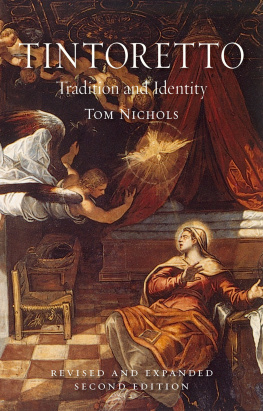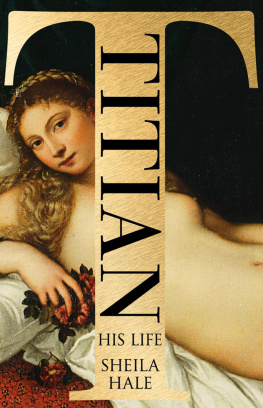Contents

PAOLO VERONESE
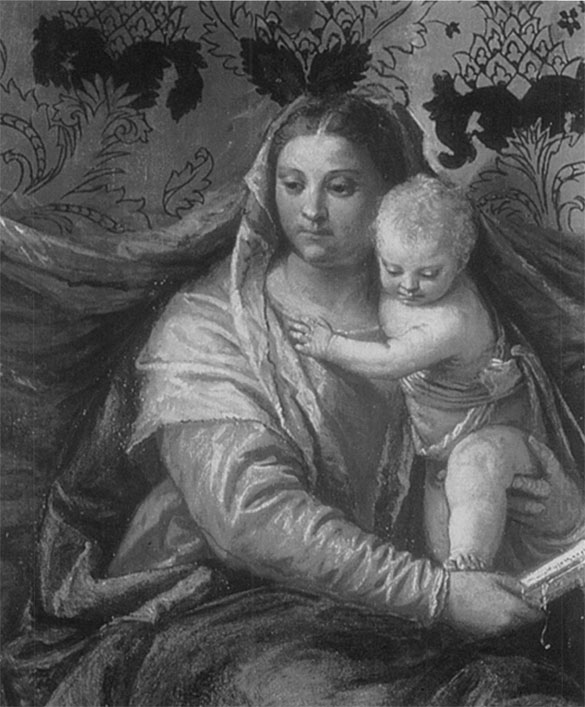
Frontispiece Virgin and Child Enthroned with Sts Joseph, John the Baptist, Jerome, Francis and Justina, Gallerie dellAccademia, Venice, detail of pl. 7
Paolo Veronese
Piety and Display in
an Age of Religious Reform
Richard Cocke

First published 2001 by Ashgate Publishing
Reissued 2018 by Routledge
2 Park Square, Milton Park, Abingdon, Oxon, OX14 4RN
711 Third Avenue, New York, NY 10017, USA
Routledge is an imprint of the Taylor & Francis Group, an informa business
Copyright Richard Cocke, 2001
The author has asserted his moral right under the Copyright, Designs and Patents Act, 1988, to be identified as the author of this work.
All rights reserved. No part of this book may be reprinted or reproduced or utilised in any form or by any electronic, mechanical, or other means, now known or hereafter invented, including photocopying and recording, or in any information storage or retrieval system, without permission in writing from the publishers.
Notice:
Product or corporate names may be trademarks or registered trademarks, and are used only for identification and explanation without intent to infringe.
Publishers Note
The publisher has gone to great lengths to ensure the quality of this reprint but points out that some imperfections in the original copies may be apparent.
Disclaimer
The publisher has made every effort to trace copyright holders and welcomes correspondence from those they have been unable to contact.
A Library of Congress record exists under LC control number: 2001023660
Typeset in Palatino by Hilite Design, Southampton, Hampshire, UK.
ISBN 13: 978-1-138-70270-7 (hbk)
ISBN 13: 978-1-315-20913-5 (ebk)
Contents
Frontispiece Virgin and Child Enthroned with Sts Joseph, John the Baptist, Jerome, Francis and Justina, Gallerie dell Accademia, Venice, detail of pl. 7
Introduction
1 From Verona to Venice
2 Public display, 155065
3 Public display, 156688
4 Paintings for private display
5 Christs Feasts and Last Supper
Between pages 114 and
During Veroneses lifetime one of the leading younger artists from Bologna, probably Agostino Carracci, added this note in the margin of his copy of Vasaris 1568 edition of the Lives of the Painters: I have known Paulino and have seen his beautiful works. He deserves to have a great volume written in praise of him, for his pictures prove that he is second to no other painter, and this fool passes over him in four lines just because he wasnt a Florentine. This book is intended to fill that gap and to help others to share my enthusiasm for one of the most underestimated of the great Renaissance painters.
Many friends and colleagues have helped with queries. They include: Richard Beresford, Keith Christiansen, J. D. Culverhouse, Ian Dejardin, Jean Habert, David Hemsoll, Charles Hope, Susan Loppert, Sally Nicholls, Nicholas Penny, Terisio Pignatti, Thomas Puttfarken, Roger Rearick, Pierre Rosenberg, Francis Russell, Giovanna Nepi Scire, Sandro Sponza, Natalie Volle, Gregor J. M. Weber, Carol Willoughby.
Andrew Martindale, much missed by a wide circle of friends and colleagues, read an early draft. I am particularly grateful to Peter Humfrey and Paul Joannides for their constructive criticism in shaping the present manuscript, although I remain responsible for any remaining errors.
Throughout, Sarah has remained a source of inspiration, only partially repaid in the dedication.
FOR SARAH
: the Christ Preaching, Giustinian altar (cat. 1), Temptation of St Anthony, Mantua (cat. 2)
Paolo Veroneses family name at his birth in Verona in 1528 was spezapreda literally translated as stonecutter. On his move to Venice, where he settled in 1553, he adopted the gentrified name of Caliari.
Discussion has, therefore, to focus on his work. The earliest painting, the Christ Preaching in the Temple () of 1548, now in the Prado, Madrid, dates from before Veroneses move to Venice. It is a large and ambitious canvas for a 20-year-old artist and demonstrates four key factors: command of architecture, ability to clarify narrative, visual wit and commitment to a Venetian, rather than a central Italian, mode of handling. The temple at Jerusalem, inaccessible to a young artist in Verona, is suggested by the classical architecture: the doorway with its triangular pediment, the background cornice topped by a row of columns and the curved colonnade on the right. Twin columns frame Christ, seated on a short flight of stairs and singled out through his position, rhetorical gestures, pink robe and green cloak.
The modelling of his robe with expressive white highlights and the dramatic shadow is much closer to Venetian practice than to any contemporary work in Veroneses native city, The scribes and Pharisees with their exotic costumes and headdresses peer into their books or look askance at Christ, by contrast with the devotion of the bearded donor, with his pilgrims staff and cloak decorated with the cross of Jerusalem.
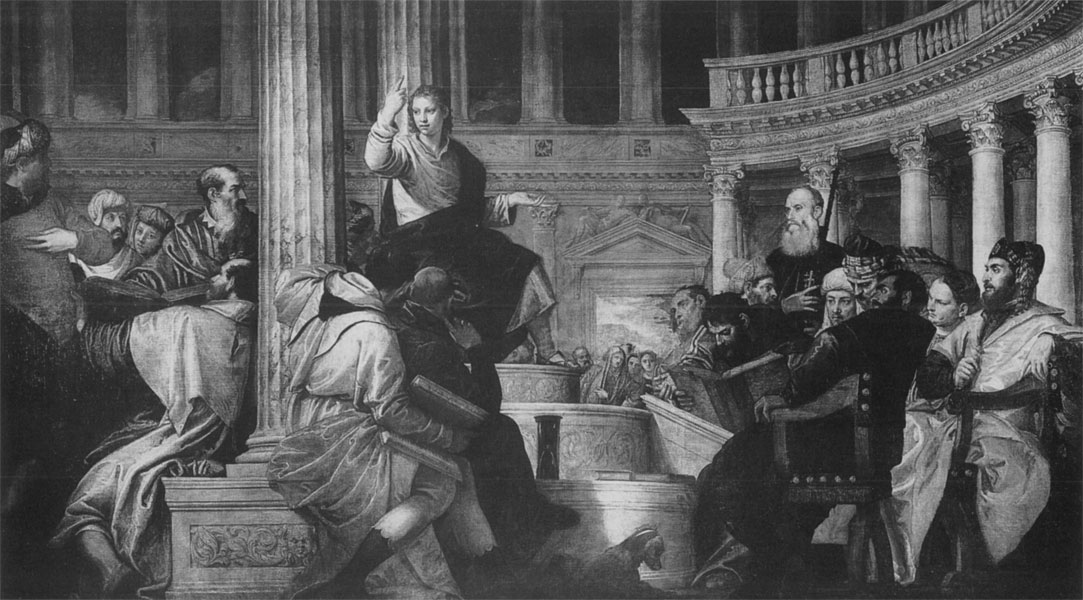
Christ Preaching in the Temple, Museo del Prado, Madrid, dated MDXLVIII on the book held by scribe under Christ, 236 543 cm
For all this the Christ Preaching is a unique achievement in contemporary painting, whose command of architecture, of portraiture, of costumes and of Venetian, Titian-inspired colour, cannot be explained in terms of the training available in Verona. This may have prompted the choice of Bonifazios canvas as model. The resemblance is limited to the general formula of Christ raised on steps above a twisting scribe, but not to the inventive detail or to the handling.
We do not know how long Veronese spent on the Christ Preaching. However, it is unlikely to have been long. In an era when size was one of the key factors determining payment, Veroneses ability to undertake large commissions in a short time ensured financial success.
Veroneses next documented commissions after the Christ Preaching are the Giustinian altarpiece in San Francesco della Vigna from 1551 (cat. 1, pl. 1), and the Temptation of St Anthony from Mantua Cathedral of 1553 (cat. 2, ). They draw on differing aspects of his visual wit, ability to clarify narrative and handling of architecture. This was not an issue in the Temptation, which is set in front of a simple landscape dominated by the tempter, his back twisted across the slumped saint, whom he holds down in preparation for the beating he is about to deliver. The saints self-protection is further undermined by the elegant temptress, digging her long nails into the palm of his hand. The command of drawing in the tempters rippling muscles and complex pose rival Michelangelos male nudes, while the rich colour of the saints simple cloak suggests Venetian Titianesque colour.
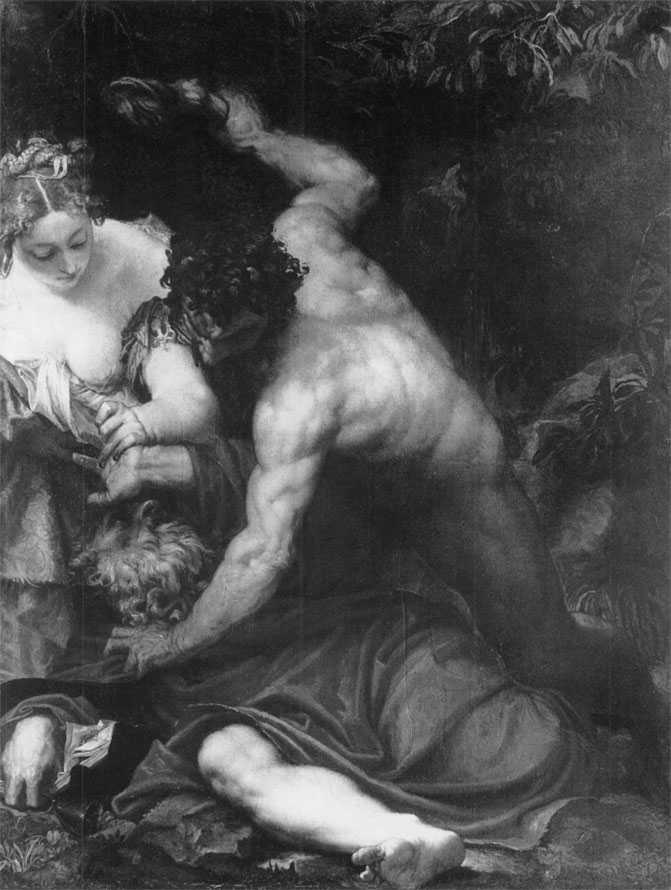
Temptation of St Anthony, Muse des Beaux-Arts, Caen, 198 151 cm

